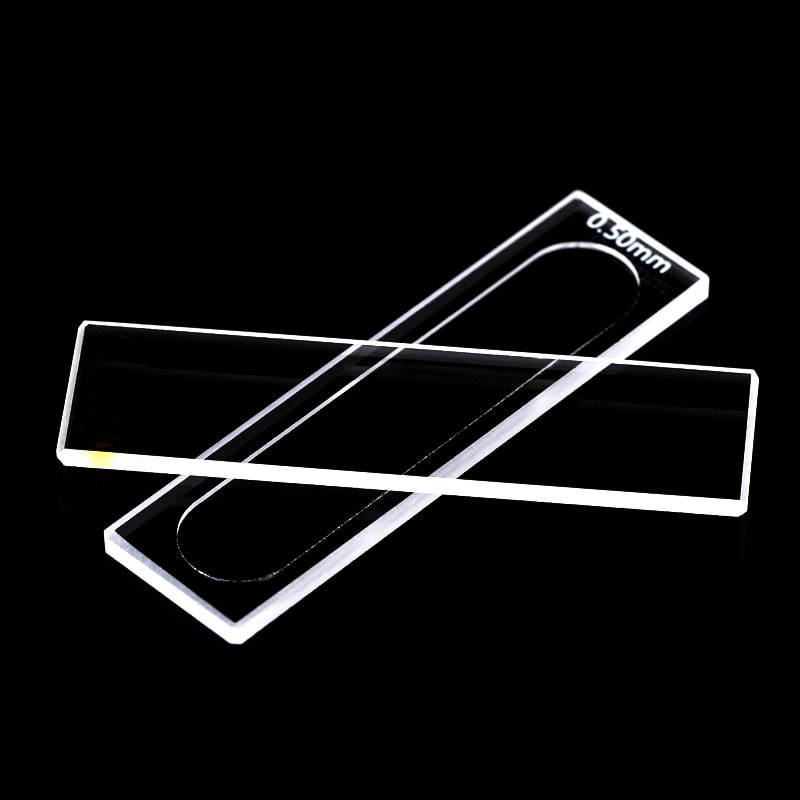The spectrophotometry technique is the fundamental element of discovery in science. It is a way to discover the secrets of light absorption and transmission over particular wavelengths. Cuvettes are the vessel at the center, which is used to store samples for analysis. These small containers might seem simple, but their design intricacies, from cuvette path length to material choice, hold the key to unlocking accurate data on substance concentration and purity. Explore this fascinating realm of cuvettes, and their dimensions. They affect the results of all experiments.

Image credit: cuvet.co
The Power of Cuvette Path Length
Imagine a beam of light passing through a specimen. The result is based on the length of the path in the cuvette. This is the length light travels through the liquid. For many labs, a cuvette with 1 cm in length is the best because it strikes a balance between sensitivity as well as practicality. Why is it important? The longer the path, the more light is absorbed, amplifying the signal for small samples. For concentrated solutions, such as proteins or nucleic acids a shorter length of path could be a game changer. This decreases dilution and helps preserve precious samples, while also making preparation faster. What are the benefits? The art of matching the length of the path to sample needs is a subtle art that boosts reliability.
Cuvette Dimensions: A look at more than what meets the eye
It’s not just about the amount of liquid that can be contained inside the vessel. It’s also about the way the vessel interacts the spectrophotometer. Cuvettes come in a array of sizes and shapes, each tailored to specific job. For example semi-micro cuvettes with smaller dimensions and thicker walls can handle tiny volumes of sample that could be a few microliters an uncommon biological extract. The thicker walls limit the amount of space within and allow light to flow through without losing any drops. Compare this to an ordinary cuvette and it’s a stark contrast with fewer steps for pipetting, less room for error, and results that hold against scrutiny. It’s a clever modification that will show that size isn’t just a number, it’s a strategy.
The 1 cm length of the Path Cube is a Lab Favorite
What’s the reason that the 1 cm cuvette’s path length is so popularly used in research? It’s the ideal choice for biological measurements when the samples are in short supply and milliliters are a lot. This classic design gives consistent absorbance measurements without overwhelming the detector. It’s not the hero that can be used for all. It’s not a universal hero. It is vital to choose the correct tool and not one you feel most comfortable using. A wrong cuvette can be compared to a badly tuned instrument.
Material Matters: More than Size and Path
Cuvette dimensions are only half the equation. Material choice makes the difference. The high transmission rates of quartz and glass cuvettes allow light to be transmitted without interference. Cuvettes made of glass are tough, reusable and ideal for spectroscopy. On the other hand plastic cuvettes can bring value and convenience to the table. There is no need for clean-up or cross-contamination. Just use the cuvettes, then dispose of them. For aqueous solutions or quick DNA and RNA tests, they’re hard to beat. The price? Low accuracy at certain wavelengths. It’s a classic instance of purpose dictating preference quartz for the purists, plastic for the pragmatic.
The art of precision in practice
Cuvettes are flexible and adaptable. Combining spacers with short path lengths allows for the handling of very concentrated samples while larger vessels can handle large amounts. The clarity of results is affected by the length of the path, the size and the material employed. Labs are analyzing one of the most rare proteins. A semi-micro cuvette that is a little shorter can be able to avoid the dilution issues and produce precise results in a short time. When you compare this to an inexperienced cuvette swap and you find that the results are deformed that’s not surprising. It’s a reminder of how, in spectrophotometry, the tiny details have the greatest impact.
Cuvettes are tiny but play a big role. They are available in various sizes including the cuvette that has a length of 1 cm to ones that are custom made. They can bridge the gap between sample and insight. The right cuvette could transform a good measurement, whether you are chasing concentration or purity or both, into an excellent measurement.